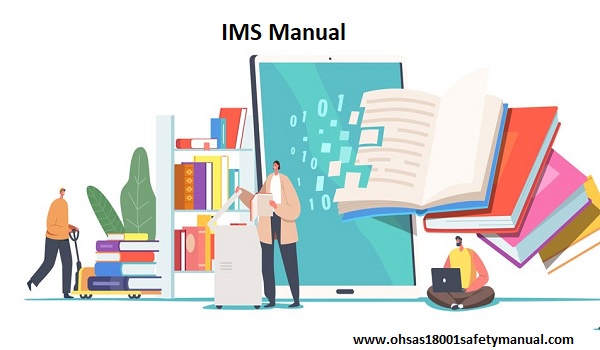Nowadays organizations are facing the demands of products and services, to ensure environmental sustainability, and better health and safety. Many businesses the turning to the Integrated Management System to reduce these types of challenges. This comprehensive method integrates multiple management system standards, such as quality, environmental, occupational health, and safety, into a cohesive framework.
What is an Integrated Management System?
A complete framework that incorporates different management systems within an organization to offer a single approach to governance, risk management, and compliance is known as an Integrated Management System (IMS). It incorporates a several components, including:
- QMS stands for Quality Management System.
- EMS stands for Environmental Management System.
- OHSMS stands for Occupational Health and Safety Management System.
- ISMS stands for Information Security Management System.
- BCMS stands for Business Continuity Management System.
- Other systems, such as energy management and food safety, could be affected.
Key Steps for Implementing an Integrated Management System
Implementing an Integrated Management System (IMS) necessitates a methodical and well-planned approach. These are the critical steps and why they are crucial.
Initial Evaluation
The initial assessment serves as a starting point for developing an IMS. It entails assessing the organization's current management systems, processes, and performance for the desired objectives. This examination assists in identifying strengths, shortcomings, and areas for progress.
During the first assessment, companies collect data, do a gap analysis, and engage stakeholders to understand the extent and requirements of the IMS deployment. This step is critical for establishing a baseline and building a strategy for developing and integrating the IMS.
IMS Development
Designing the framework and structure of the integrated system is part of IMS development. It entails identifying the elements that are shared by several management systems, specifying the processes, rules, and procedures required for compliance, and aligning them with organizational goals.
During this stage, organizations create an IMS manual document that explains the requirements, duties, and processes of the integrated system. They also develop performance metrics and goals for quality, environmental sustainability, health and safety, and other areas.
Training and Communications
Training and communications are the main important things. Employees must be trained and communicated with to comprehend the IMS, their roles, and the benefits of integration. IMS lead implementer training sessions and awareness programs are provided by organizations such as theirs for education staff with the IMS requirements, processes, and responsibilities.
Effective communication is critical for engaging employees, gaining their support, and encouraging active engagement in IMS implementation. Organizations can improve employee engagement and motivation by establishing a participation and ownership culture, which will lead to successful IMS integration.
Implementation
That is the face where IMS put into action. Businesses start by positioning the integrated procedures, processes and practices. They provide defined roles and responsibilities, ensuring that employees understand their responsibilities and the expectations that come with them.
Implementation also entails modifying existing processes and systems to conform to the IMS. Organizations connect documentation, data management, and performance measurement technologies to provide seamless access to data and effective system monitoring.
Observations and Review
Observation and reviews are critical to assess the effectiveness of IMS and find the areas for better improvement. Regular audits, inspections, and performance measurements assist businesses in tracking progress, assessing standard compliance, and identifying non-conformities or possibilities for improvement.
Organizations can spot deviations, identify root causes of problems, and adopt remedial actions through constant monitoring and review. This iterative method guarantees that the IMS is dynamic, adaptive, and in sync with changing corporate demands and external requirements.
Certification
Obtaining IMS certification displays a company's dedication to quality, sustainability, and conformity with relevant standards. Certification entails hiring an accredited certification authority to undertake an impartial evaluation of IMS implementation.
Auditors analyses the IMS's conformance to applicable standards and effectiveness during the certification process. Certification confirms that the organization has built and maintained an integrated system that satisfies the requirements of the various standards.
Certification certifies your organization's dedication to quality and can improve its reputation, credibility, and competitiveness in the market.


No comments yet